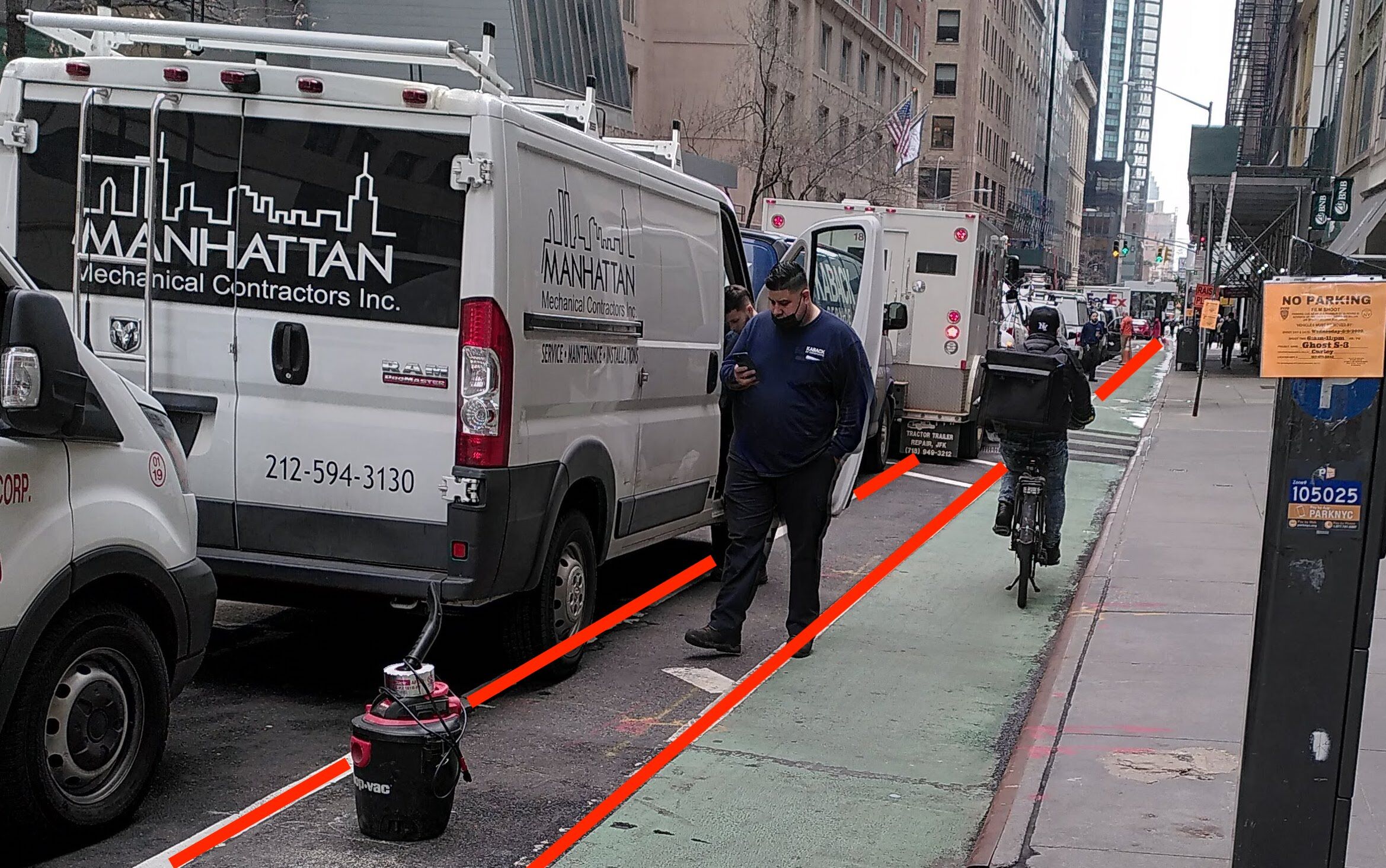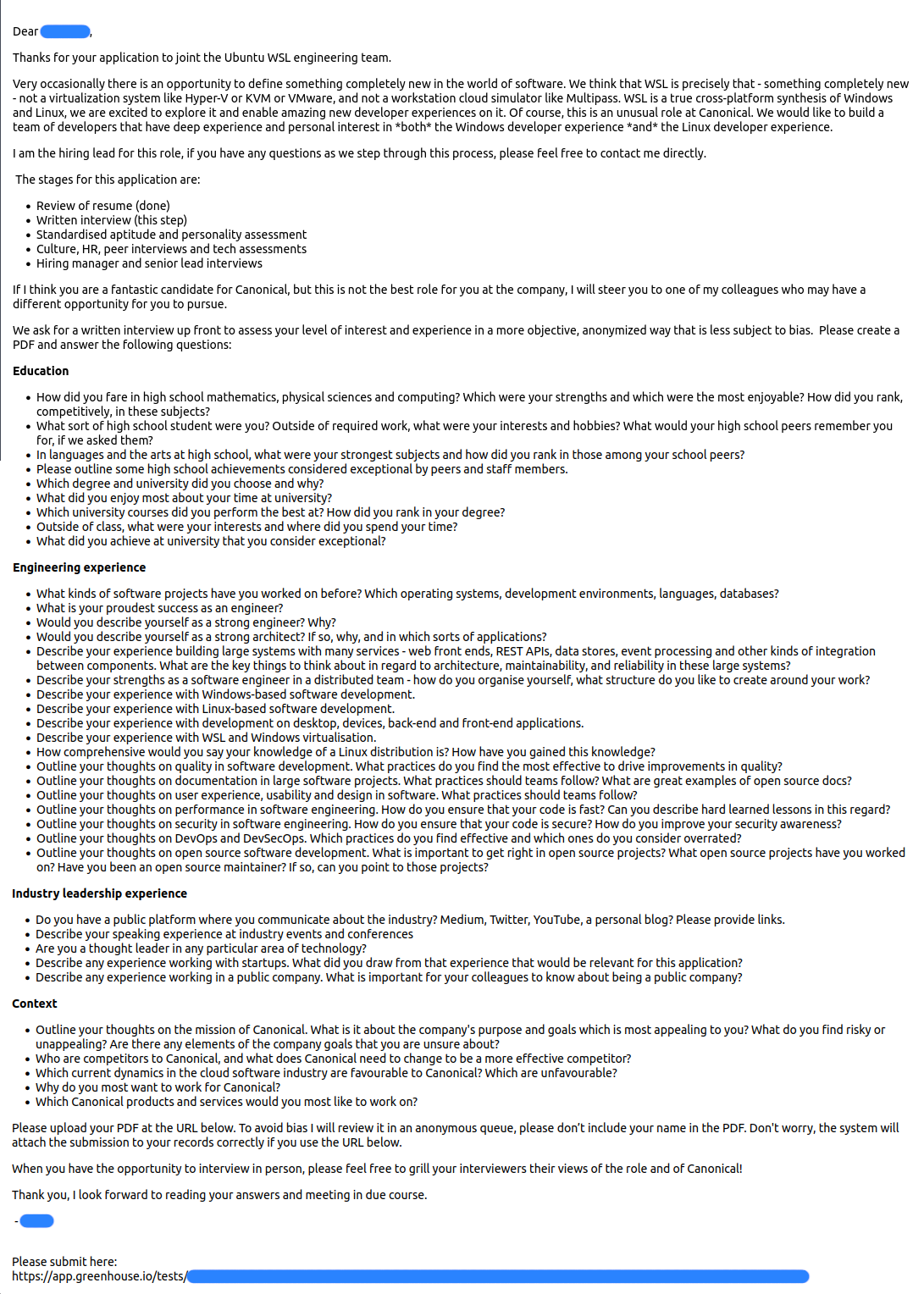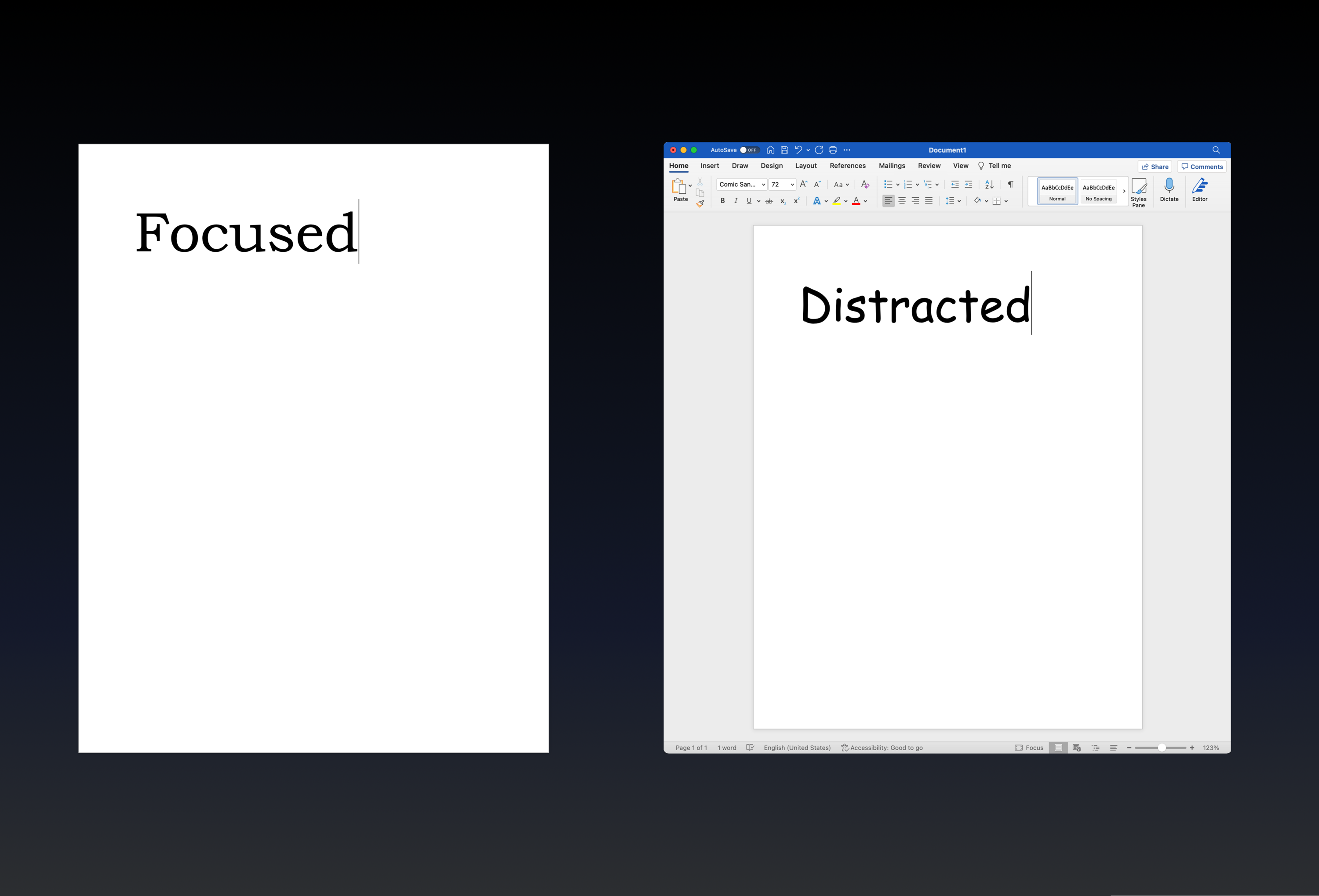There is an easy way to avoid making stupid decisions: Asking “what happens then?” A decision is exposed as stupid when it turns out that the decision-maker did not carefully think through the consequences. Bad decisions occur when someone only looks at the immediate result.
New York City dodged a bullet when they started implementing bike lanes in the narrow streets of Manhattan. They could easily have made the stupid decision of simply marking a part of the street as a bike lane. Fortunately, someone clever at City Hall asked herself: What happens then? If you had simply painted bike lanes on streets, thoughtless New Yorkers would have wiped out bicyclists by the thousands with their car doors. So New York decided to paint a separation area between the car parking area and the bike lane. Clever.
Next time you are faced with a decision, try asking “what happens then?” several times. You might find this saves you from doing something stupid.










